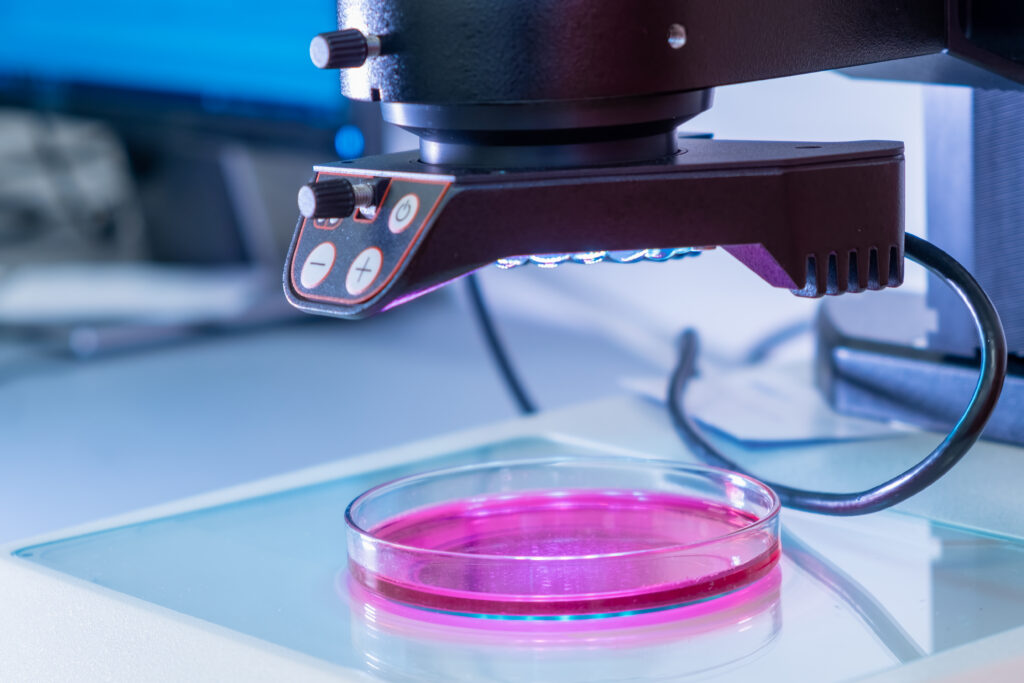HIV, which means ‘human immunodeficiency virus’, is a virus that attacks and damages the immune system by causing the destruction of T-cells or CD4 cells, which are needed by the body to fight infections. This virus has three phases of progression, the third being the late phase of HIV infection, which is known as AIDS, an acquired immune deficiency syndrome.
Electron and fluorescence microscopy is essential for identifying bacteria and viruses such as HIV, because using the electron microscope allows much better and more powerful extensions than the fluorescence microscope and allows very small fluorescent molecules to be seen through the light it emits.
Electron microscope for the study of HIV structure
The electron microscope is a device that uses high-energy electrons, instead of visible light, as with the conventional microscope, to create an augmented image. Unlike other types of microscopes, electronics can display the smallest and smallest details of what you want to see.
Since the creation of the electron microscope, virology has made great strides in research studies that would not have been possible without the instrument. Electron microscopy is the main foundation for studying and diagnosing viruses, such as HIV. Because the HIV virus is small without an electron microscope, studying its structure and function would be extremely difficult.
HIV has key features of the retrovirus family. It has a spherical shape and its diameter is between 90 nm and 120 nm. It has a lipid bilayer as its envelope that grasps the host cell, and the outer envelope of the host cell is a bilayer where spicules consisting of viral glycoproteins, gp 120 and gp 41, associated noncovalently with the virion surface are inserted.
Kalstein Microscopes
If you are looking for a microscope, Kalstein is the ideal place for you, we are MANUFACTURER of high-tech equipment and at the same time we have excellent PRICES. We have biological, metallurgical, polarizing, binocular, trinocular, steroscopic and inverted microscopes, among others. If you are interested in some of our microscopes and would like to make the PURCHASE, you can make the quote by registering in our catalog HERE

